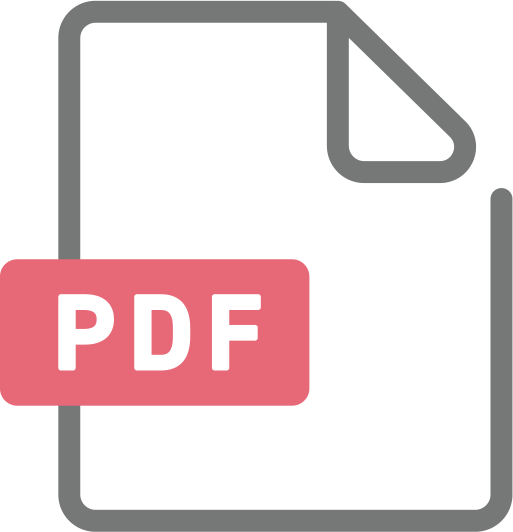Is Ride-sharing Good for Environment?
We estimate the causal effect of ride-hailing entry on transport-related air pollution in U.S. cities, using granular satellite-based NO₂ concentration data in the staggered difference-in-differences research design. Our empirical strategy accounts for treatment effect heterogeneity both within and across cities, coupled with two additional strategies to strengthen identification: using geography-based instruments and exploiting a sharp, unanticipated change in ride-hailing activity in Austin due to its rule change. We find robust evidence that ride-hailing tends to improve air quality in highly dense cities, but has no significant impact in cities with low and medium density. We also find evidence that the NO₂ reduction in highly dense cities is associated with a decrease in private car use and an increase in public transit use. Taken together, our findings suggest that the environmental effect of ride-hailing depends on the complementarity between ride-hailing and public transit: While ride-hailing may increase congestion by inducing deadheading or displacing of mass transit for parts of daily trips, it may still decrease overall air pollution if a combined use of ride-hailing with other transit displaces private car use more than such adverse behavior.


